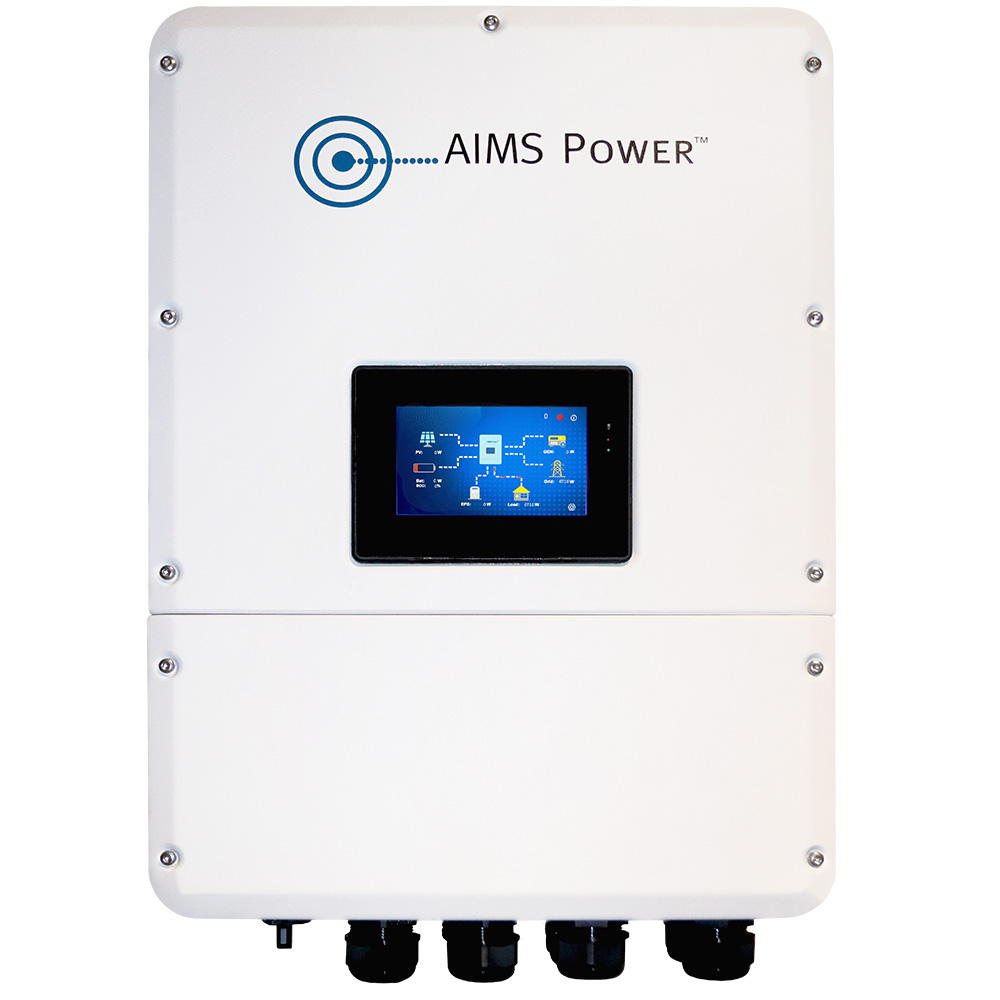realpinochet
Make Stuff In America Again!
- Joined
- Jul 4, 2022
- Messages
- 564
Saw this on mikes channel today. Seems like vendors are catching onto the high voltage movement. Just wanted to share.

 www.aimscorp.net
www.aimscorp.net
| Battery Voltage Range(V) | 80- 495 |

Hybrid Inverter Charger 9.6 kW Power Output 15 kW Solar Input Grid Tie & Battery Back Up
The NEW REVOLUTIONARY AIMS Power Hybrid Inverter, listed to UL standards, gives you total control of your power in one product! It combines solar power and battery backup into one complete, easy to use solution, that provides FREE power and independence from the grid. In addition, the AIMS Power...
 www.aimscorp.net
www.aimscorp.net
Last edited:


